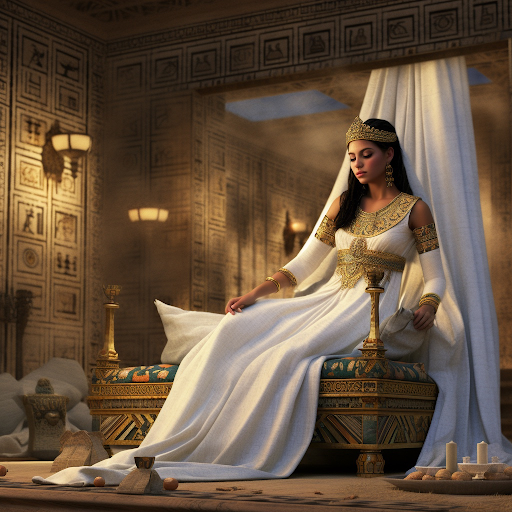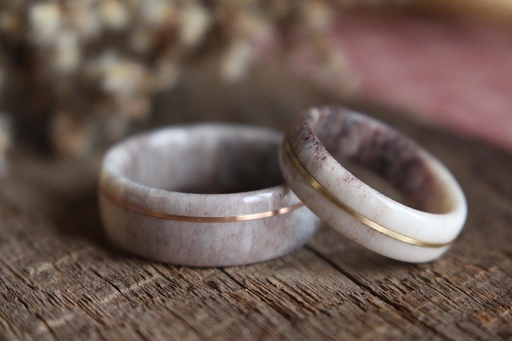
Marriage in ancient Egypt contained great significance, as it was vital to family and social life. Marriages are often held within the same social classes. Men typically married when they were between 16 to 20 years old, as soon as they could initiate a career to support their families. On the other hand, women generally marry at around 12 to 13 years of age. It was not unusual for older men to marry young girls.
In ancient Egypt, marriage was a preplanned arrangement for the younger generation. However, a more profound look into the history reveals a different reality. Deir el-Medina, a village, situated in the Valley of the Kings, was constructed during the New Kingdom period. Here, young men had the right to select their life partners. They would reach a mutual understanding about their marriage and then inform their parents and close friends about their decision. In contrast to today’s decorated and costly wedding ceremonies, ancient Egyptians adopted an easy approach. There were no traditional marriage ceremonies in ancient Egypt. Rather, a man and woman decided to live together, and this decision would be expressed to her parents. Once the couple lived together, they were recognized as husband and wife.

Religion played a prominent role in many aspects of ancient Egyptian life, but it had no special role in their marriage practices. There were no religious or traditional ceremonies. Instead, marriage happens when two young people choose to share a home, often with the bride moving in with her groom. Despite the absence of traditional ceremonies, marriage was considered a serious commitment.
Marriage was an influential step in ancient Egypt, and it had specific implications. Men did not marry until they were financially stable and set up their own households, which indicated their commitment to deliver for their wives and future children. They did not continue to live with their parents or their wives’ parents after marriage.
While there was often documentation indicating the possessions belonging to the wife and those delivered by the husband, no documents were essential to declare the couple as married. Typically, the bride’s move to the groom’s home would be accompanied by a celebration, marking the beginning of their marital life. Though there was no official marriage ceremony, there was an agreement involving the exchange of property.

Marriage ceremonies are diverse in ancient Egyptian monuments, rings, and special gifts held importance in the marital context. The marriage day itself was a special day. The bride would migrate her belongings to her husband’s residence, whether he lived alone or with his parents. A common term used to denote marriage was “,” representing the shared household.
Regarding the bride’s dress, she likely wore a long linen dress, potentially decorated from head to toe with beads. If she owned gold, silver, or stone, she might have decorated herself with these as well, unless she chose a simpler outfit for the move. The wedding day was celebrated with music, dance, and feasting, it is reasonable to assume that family celebrations took place to honor the newly united couple.





